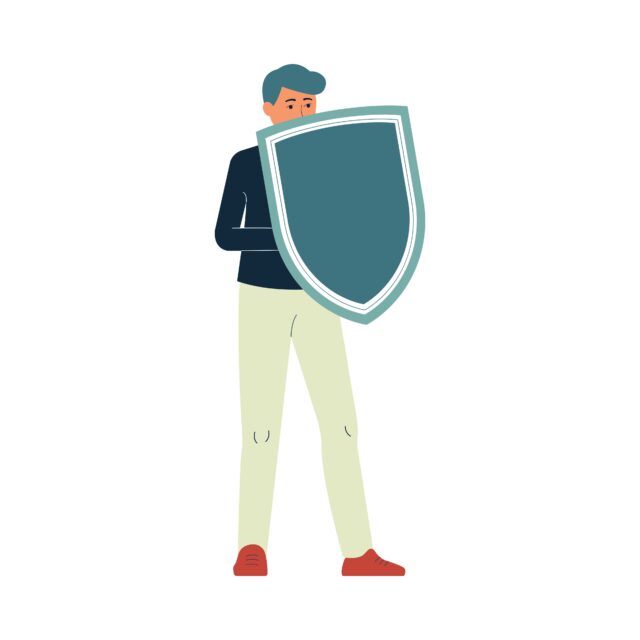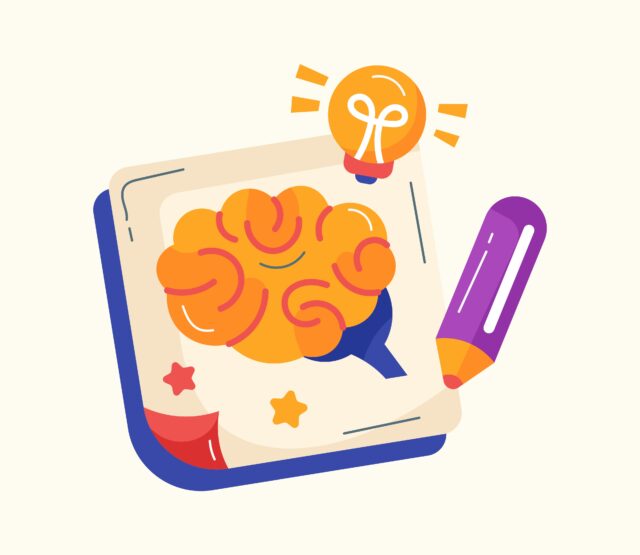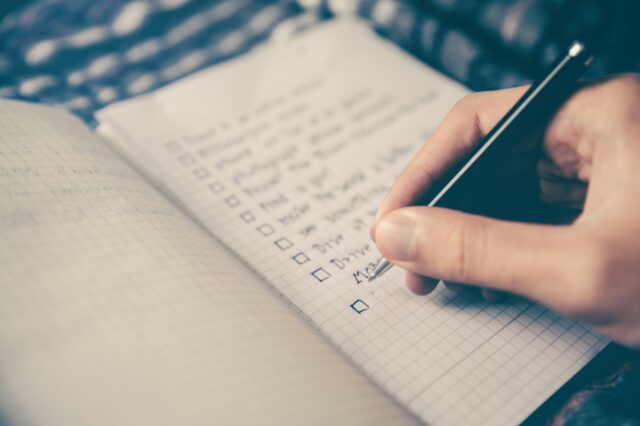 How we take on tasks significantly influences our productivity during the day. Even when given a minor task, a person will likely have difficulty completing it if they’re using the wrong techniques and not utilizing their available resources.
How we take on tasks significantly influences our productivity during the day. Even when given a minor task, a person will likely have difficulty completing it if they’re using the wrong techniques and not utilizing their available resources.
Monotasking and multitasking are two of the most common techniques people use in completing tasks. Many of us still use both methods, but one is better than the other.
What Is Monotasking?
Monotasking or single-tasking is the process of dedicating oneself to one given task at a time. Monotasking contrasts with multitasking because we won’t have to attempt to take on multiple tasks at once. Monotasking is about doing less to achieve more.
It’s common for people to multitask, but our minds and bodies can’t multitask effectively. During the 1960s, multitasking became popular, as an IBM report talked about the many capabilities of its latest computer. Today, more and more people claim that they’re good at multitasking and are proud of being busy with various things rather than being great at one.
Although not a familiar term to many, we should strive to monotask rather than multitask. Monotasking allows us to boost our productivity because we’ll accomplish a specific task before proceeding to another. Since we’re not too distracted by many things, monotasking can also improve communication, as we can be present at the moment and effectively listen whenever other people are talking.
Monotasking is still new for many of us, but we can gradually incorporate this practice into our daily routine by following these steps.
1. Locate Peak Performance Time
All of us function differently throughout the day. While some of us work better in the morning, others are more productive at night. Some can also work straight for eight hours, while others prefer taking frequent breaks during the day.
For us to practice monotasking, we should first locate our peak performance time. Once we’re able to identify peak performance time, we should use time blocking, as suggested in my book “The Smartest Person in the Room.”
Time blocking is an essential ingredient in monotasking, as this enables us to unleash our creativity and makes it easier for us to do some deep work. We should guard this period for us to accomplish even the most complex tasks scheduled for that day.
2. Eliminate Distractions
It’ll be challenging for us to monotask if distractions are present everywhere. Regardless of how committed we are to finishing one task at a given time, we won’t accomplish anything if distractions prevent us from getting any work done.
You can start by removing distractions present in your working environment, like clutter and loud noises. These are the most common distractions that prevent us from working. We’ll be too stressed thinking about getting rid of clutter or wondering when the noises will end instead of focusing our energy on the tasks at hand.
Aside from the distractions present in the environment, you should also remove distractions in your mind. Instead of attempting to finish ten tasks in one day, focus on two critical tasks that will have the most significant impact on that day. This practice takes your attention away from items that are only important on the surface and allows you to focus more on tasks that matter.
3. Use the Pomodoro Technique
The Pomodoro Technique is a time management method that requires you to take a five-minute break after working for 25 minutes. Following this technique is an excellent way to monotask because it maintains motivation, manages distractions, and increases accountability.
To effectively follow the Pomodoro Technique, we should maximize our breaks to get our body moving by doing some yoga poses, drinking a cup of tea, or walking around the house. Doing any of these will allow our minds and bodies to relax, preparing us for another deep work session.
The Pomodoro Technique will make it easier for us to monotask because the idea of working for 25 minutes will create a sense of urgency that will encourage us to stay focused. Moreover, the concept of having breaks after being productive for 25 minutes can also be a great reward.
What Is Multitasking?
Almost everyone knows what multitasking is; it’s the practice of doing several tasks at once. People who want to do more during the day often multitask, but this practice can actually do more harm than good. According to studies, multitasking reduces the brain’s cognitive control and decreases motivation in the long run.
Aside from this, multitasking is also known to decrease our focus and learning, impair our memory, and increase stress levels. Multitasking can also increase our risks of depression and anxiety, as our brains try too hard to juggle many things at once when it’s naturally programmed to focus on one task at a time.
Multitasking can harm our minds and bodies, which is why we should exert time and effort to get out of this unhealthy habit and start monotasking.
The following tips can help us stop multitasking and transition to monotasking easier.
1. Turn Off Notifications
Having access to the internet has improved our lives, but too much use can have adverse effects on our productivity. This is especially true if we allow ourselves to be distracted by email and social media notifications whenever we start working on a task.
An easy hack for us to prevent multitasking is to turn off notifications irrelevant to our tasks. This enables us to focus more on our tasks because we won’t have any reason to check our devices every ten minutes when we’re working.
Even if we’re going to follow the Pomodoro Technique and take breaks regularly, we should avoid checking our devices because this will make it harder for us to regain our focus after our breaks.
2. Make a Prioritized To-Do List
Thinking about the number of tasks we have for the day can put our brain in a stressed condition. When this happens, we attempt to finish as many tasks as possible, thinking that this will keep the stress at bay. However, this cycle only causes us to multitask and prevent us from completing anything during the day.
For us to finally get rid of multitasking, we should make a to-do list and order the tasks based on priority. We should sort the to-do lists in terms of “must” or the tasks that have to be completed during the day, and the rest are tasks that can wait if we don’t have enough time.
Making and sticking to a to-do list will free up our brain space and allow us to focus on one task at a time. A to-do list will also help us stay calm when working, making it easier for us to remain productive.
3. Be Prepared to Say “No”
One of the reasons why we end up multitasking is because we accept tasks that we don’t have time for. If our boss wants to get some things done, it’s common for us to volunteer without even checking our schedules for the day.
We can prevent multitasking moving forward by learning to say “no” to additional tasks. If we have too many things on our plate for the day, we should politely decline any more assignments so that we’ll have more time to focus on our pending tasks.
Adapt to Change
A lot of us still multitask, thinking that we can accomplish more in less time. However, this is rarely a guarantee because multitasking requires us to jump from one task to another, resulting in stress and unfinished projects. Multitasking is a common practice, but this doesn’t mean that we should continue doing it.
To stay productive every day, we should apply monotasking and plan our day with intention. Learn more about monotasking and the 7 Step Secure Methodology in my book, “The Smartest Person in the Room,” available on Amazon.












